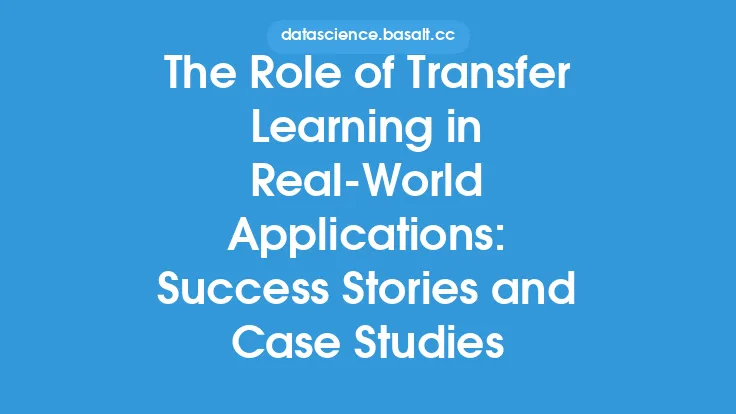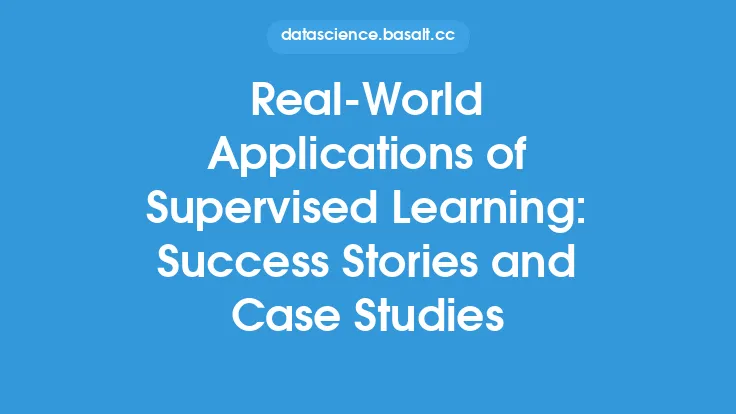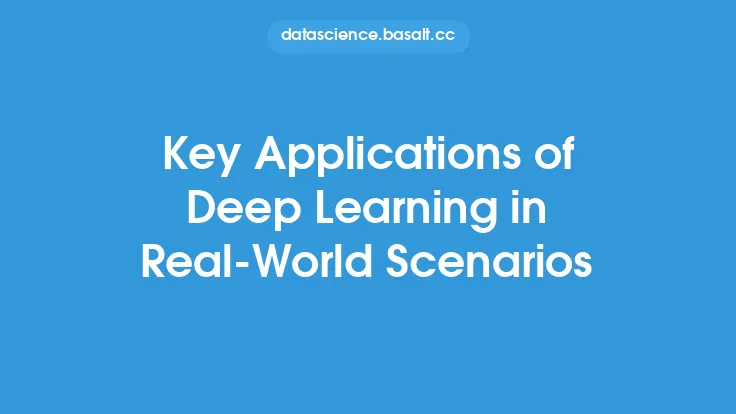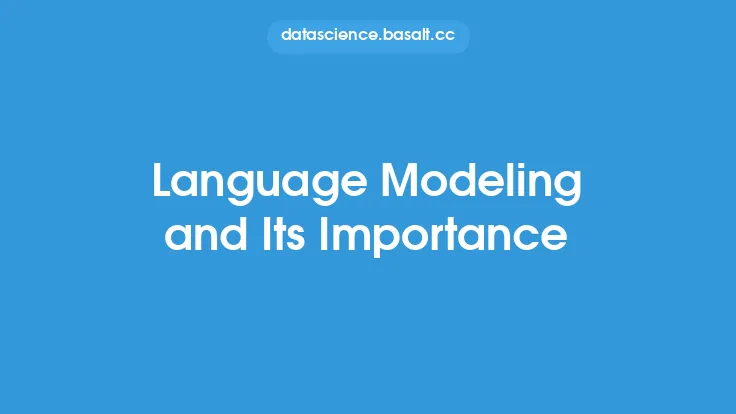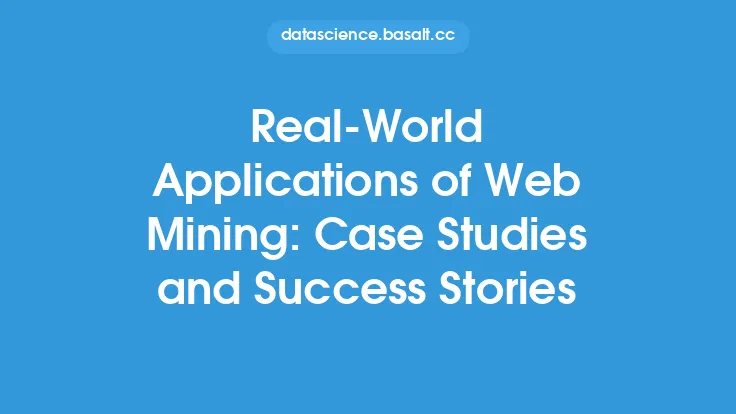Part-of-speech tagging is a fundamental concept in natural language processing (NLP) that involves identifying the part of speech (such as noun, verb, adjective, etc.) that each word in a sentence or document belongs to. This process is crucial in understanding the meaning and context of text data, and has numerous applications in various fields, including language translation, sentiment analysis, and text classification.
Introduction to Part-of-Speech Tagging
Part-of-speech tagging is a process that assigns a part-of-speech tag to each word in a sentence or document, based on its context and meaning. The most common parts of speech include nouns, verbs, adjectives, adverbs, pronouns, prepositions, conjunctions, and interjections. Each word can have multiple possible tags, and the correct tag is determined by the word's context and the grammatical rules of the language. For example, the word "bank" can be a noun (the bank of a river) or a verb (to bank a plane), and the correct tag is determined by the sentence's meaning and context.
Types of Part-of-Speech Tagging
There are two main types of part-of-speech tagging: rule-based and machine learning-based. Rule-based tagging uses a set of predefined rules to determine the part of speech of each word, based on its morphology and syntax. This approach is simple and efficient, but can be limited by the complexity of the language and the quality of the rules. Machine learning-based tagging, on the other hand, uses machine learning algorithms to learn the patterns and relationships between words and their parts of speech, based on a large corpus of labeled training data. This approach is more accurate and flexible, but requires a large amount of training data and computational resources.
Part-of-Speech Tagging Algorithms
There are several algorithms used for part-of-speech tagging, including the Viterbi algorithm, the forward-backward algorithm, and the maximum entropy algorithm. The Viterbi algorithm is a dynamic programming algorithm that finds the most likely sequence of parts of speech for a given sentence, based on the probabilities of each word's possible tags. The forward-backward algorithm is a variant of the Viterbi algorithm that uses both forward and backward probabilities to determine the most likely sequence of tags. The maximum entropy algorithm is a machine learning algorithm that learns the patterns and relationships between words and their parts of speech, based on a large corpus of labeled training data.
Applications of Part-of-Speech Tagging
Part-of-speech tagging has numerous applications in various fields, including language translation, sentiment analysis, and text classification. In language translation, part-of-speech tagging is used to determine the correct translation of words and phrases, based on their context and meaning. In sentiment analysis, part-of-speech tagging is used to identify the sentiment and emotional tone of text data, by analyzing the parts of speech and their relationships. In text classification, part-of-speech tagging is used to classify text data into categories such as spam vs. non-spam, or positive vs. negative reviews.
Challenges and Limitations
Part-of-speech tagging is a challenging task, due to the complexity and ambiguity of natural language. One of the main challenges is the presence of homographs, which are words that have multiple possible tags and meanings. For example, the word "bow" can be a noun (the front of a ship) or a verb (to bend or curve), and the correct tag is determined by the sentence's meaning and context. Another challenge is the presence of out-of-vocabulary words, which are words that are not present in the training data or dictionary. These words can be difficult to tag, as their parts of speech and meanings may be unknown or uncertain.
Future Directions
Despite the challenges and limitations, part-of-speech tagging remains a crucial task in NLP, with numerous applications and opportunities for future research and development. One of the future directions is the use of deep learning algorithms, such as recurrent neural networks (RNNs) and convolutional neural networks (CNNs), to improve the accuracy and efficiency of part-of-speech tagging. Another direction is the use of multimodal data, such as text, images, and audio, to improve the context and meaning of text data. Finally, the development of more accurate and efficient part-of-speech tagging algorithms and tools will continue to be an important area of research and development, with potential applications in various fields and industries.
Conclusion
In conclusion, part-of-speech tagging is a fundamental concept in NLP that involves identifying the part of speech of each word in a sentence or document. The process is crucial in understanding the meaning and context of text data, and has numerous applications in various fields, including language translation, sentiment analysis, and text classification. Despite the challenges and limitations, part-of-speech tagging remains a crucial task in NLP, with numerous opportunities for future research and development. The use of machine learning algorithms, deep learning algorithms, and multimodal data will continue to improve the accuracy and efficiency of part-of-speech tagging, with potential applications in various fields and industries.
